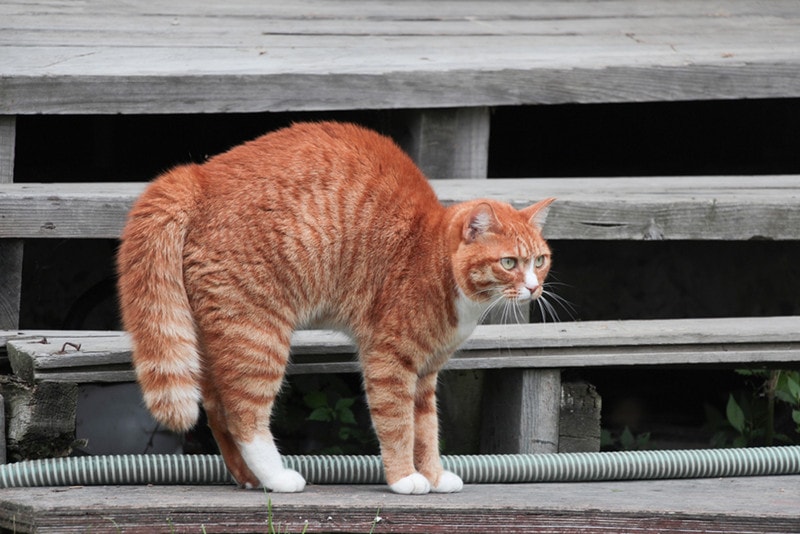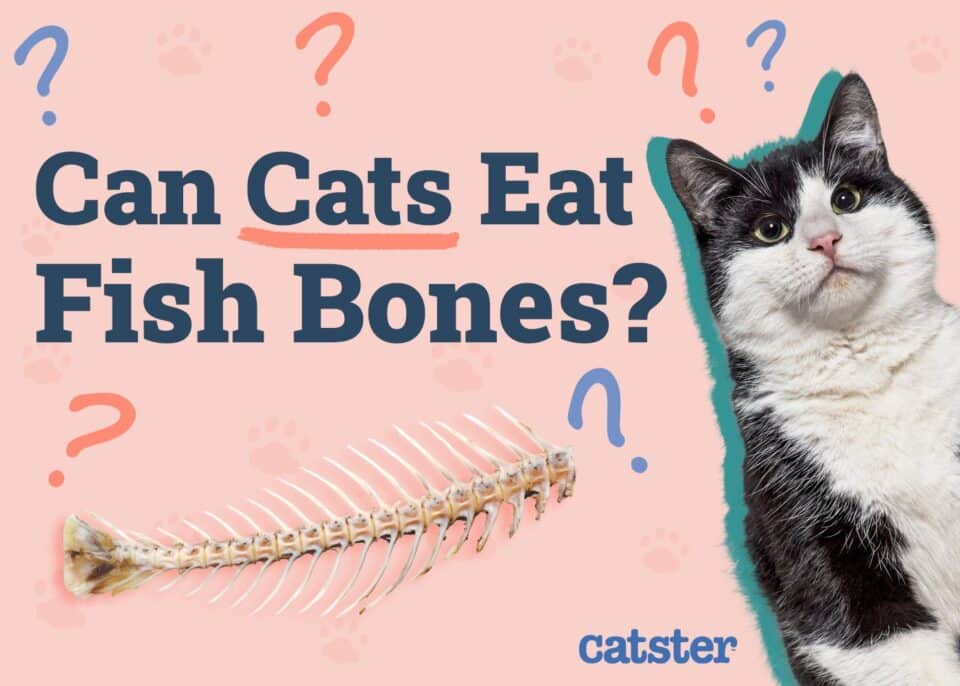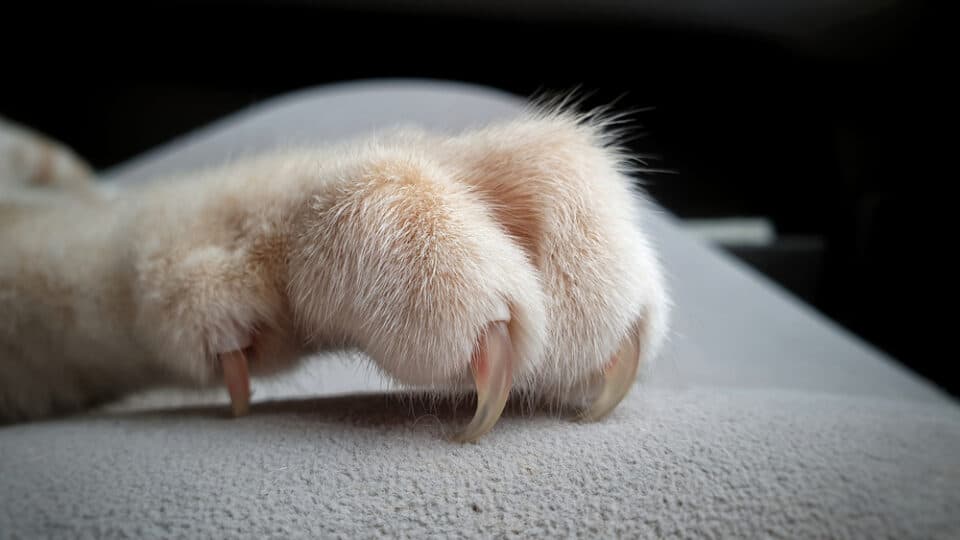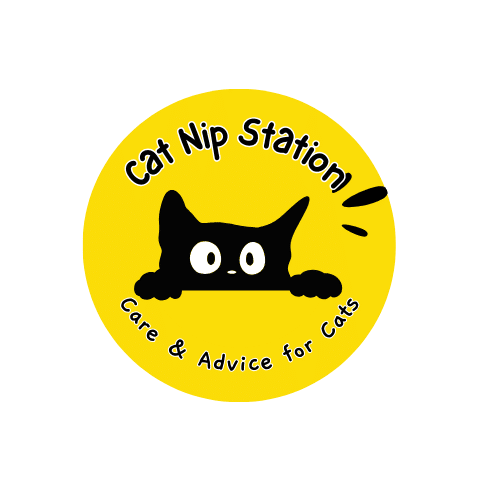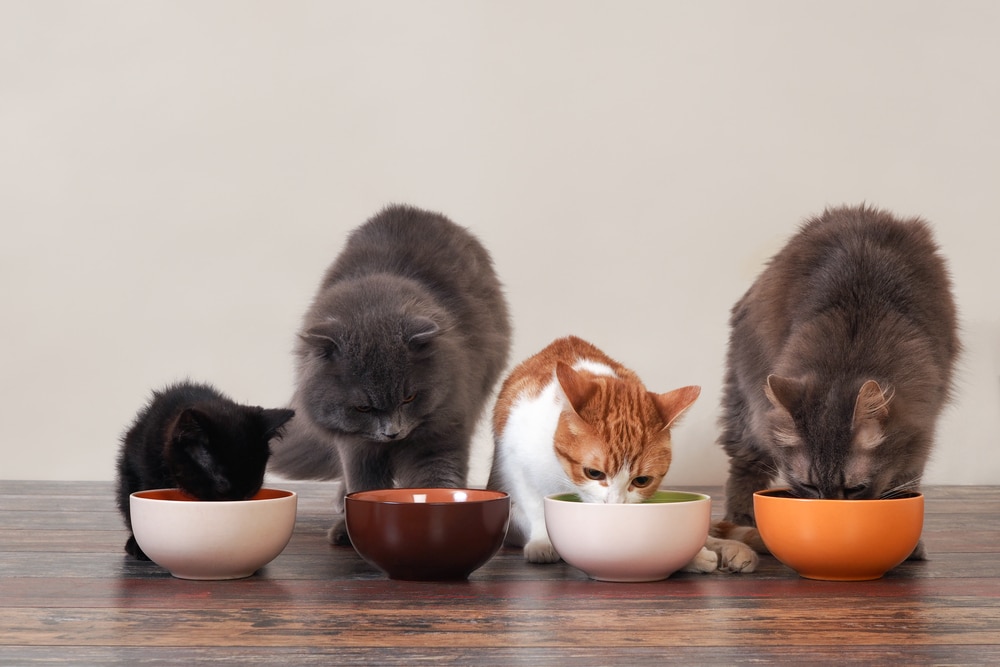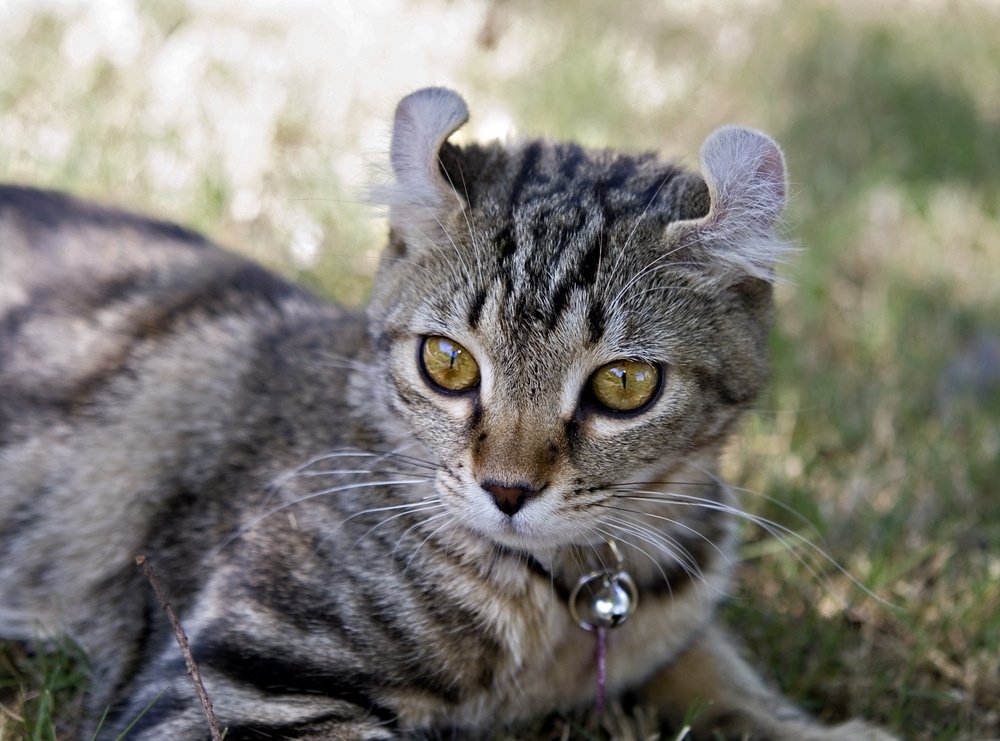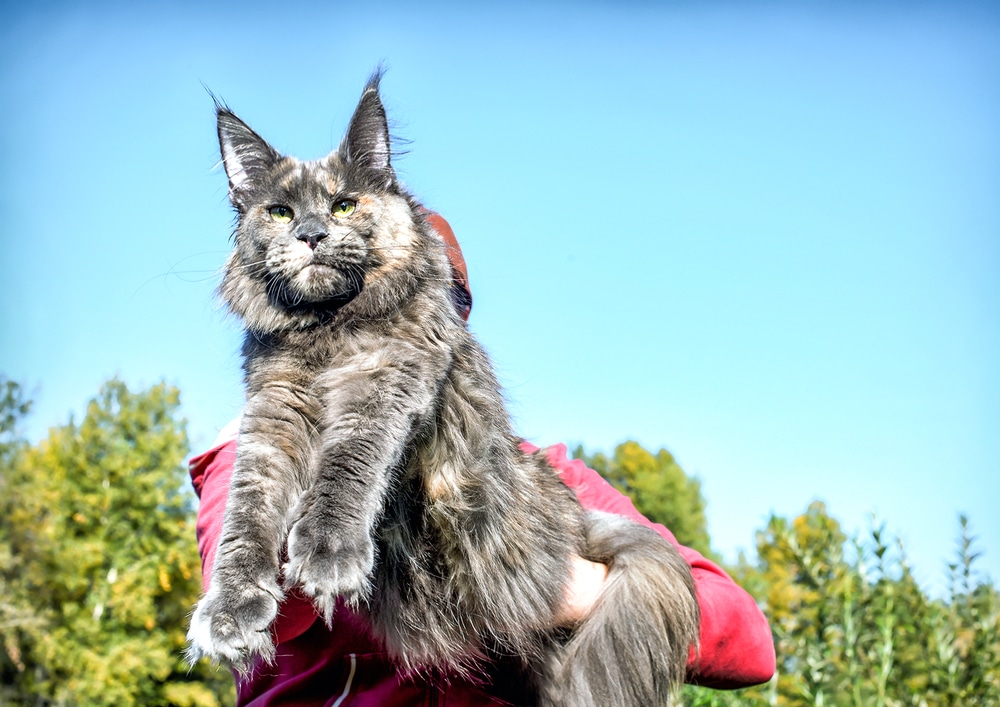Ever noticed your feline friend with a tail puffed up like a bottlebrush? 🐱 This quirky behavior is more than just a comical sight. It’s a fascinating form of communication in the feline world. Cats, through their body language, give us glimpses into their moods and mysteries. But what exactly are they trying to tell us with a fluffy tail?
Understanding piloerection—the technical term for puffed-up fur—opens a window into the enigmatic mind of cats. This hairy phenomenon isn’t always linked to fear or anger; cats can display it for a variety of reasons. From a chilly breeze to sheer joy, each puffed tail holds a clue to your pet’s feelings. Let’s unravel this fluffy mystery.
Anger: The Puffed Tail Warning
An angry cat often signals its discomfort with an impressive puff of its tail. This transformation is a classic feline strategy to appear larger and more intimidating. You might also witness the cat crouching low with its ears flat against its head, ready to launch a warning swat. But despite the dramatics, most cats prefer bluffing to actual confrontation. Their puffed-up stance often diffuses potential threats.
Fear and Surprise
Approaching a frightened cat could result in defensive attacks. Anxiety and cornered situations drive many cats to act out in self-defense, especially if they’re hurt. These furry friends appreciate calm and space to relax—they’ll revert to their cuddly selves once they feel safe again.
Exhilarating Playtime
Experimenting with various toys is worthwhile to discover what captivates your feline friend. Some are drawn to catnip toys, while others love a challenging puzzle. A little patience and observation will reveal their preferences and keep them engaged.
Chilled to the Bone
A heated perch near a window or a snug spot by a radiator can quickly become their favorite lounging area. While cats love their independence, they won’t shy away from a warm cuddling opportunity.
Piloerection: Not Just a Fluke
Reading the room is crucial, as context matters. A cat surrounded by family likely fluffs up in joy, whereas a solitary cat with a puffed tail might need more warmth or distance from perceived threats.
Creating a Harmonious Environment
Cats thrive in spaces that cater to their preferences, be it warm pads for colder days or engaging toys for play. Silence and solitude are just as important as stimulation and contact. Recognizing when your cat needs space versus interactive play can prevent misunderstandings and foster trust.
Play and Bonding
Rotating different toys keeps playtime exciting. Consider your cat’s reactions; if their tail goes from puffed excitement to smooth relaxation, you’ve likely hit the playtime jackpot! This dynamic keeps your cat curious and engaged.
Conclusion
The phenomenon of cats puffing their tails is a multi-faceted, fascinating behavior. It acts as a communication tool, signaling everything from displeasure to pure, unadulterated joy. Regularly observing and interpreting your cat’s tail language will enhance understanding and companionship with your furry friend.
Tail Language: A Summary
From cozy spaces to engaging toys, every detail matters in keeping a cat content. Make sure to adjust the home environment as needed, and watch those tails for hints and happiness.
Final Thoughts on Feline Communication
Cats speak a silent language with their tails. Puffing is just one of many expressions they use to communicate their inner world. Whether warning of danger or signaling playfulness, a puffed tail tells a story worth hearing.
A puffed-up tail isn’t just fluff—it’s a conversation. Understanding this tail language strengthens the bond between cat and owner, making homes a haven for both.
